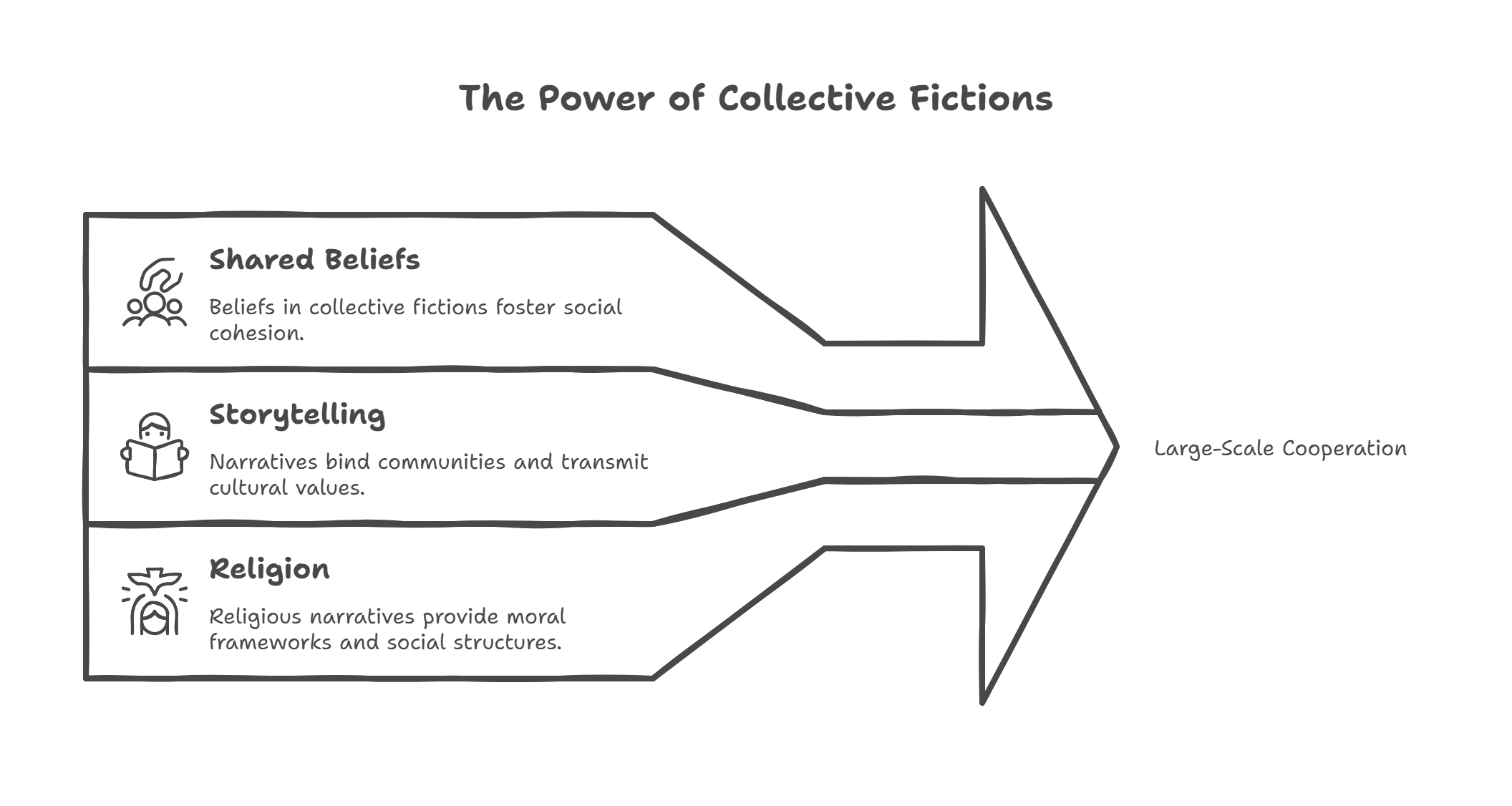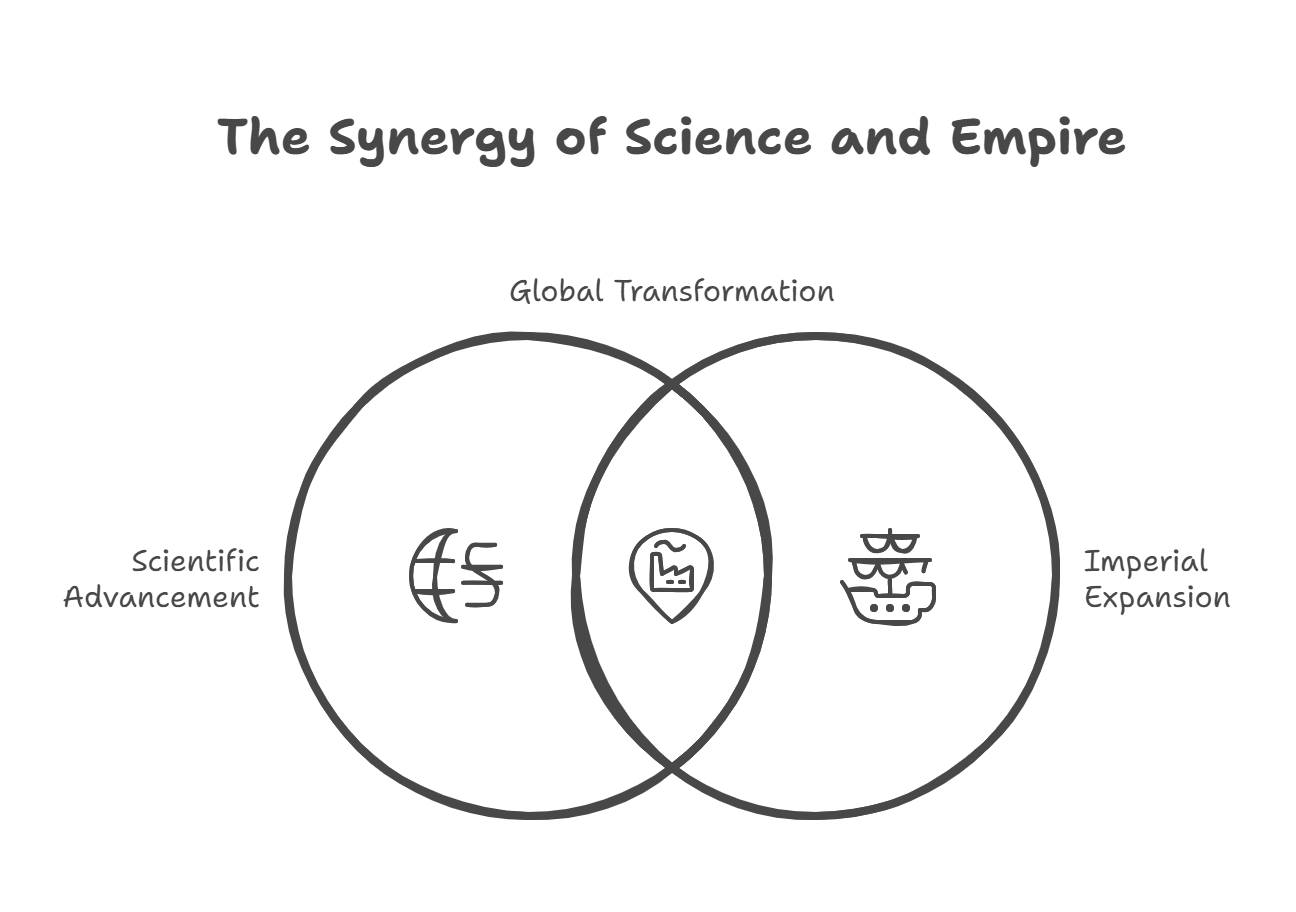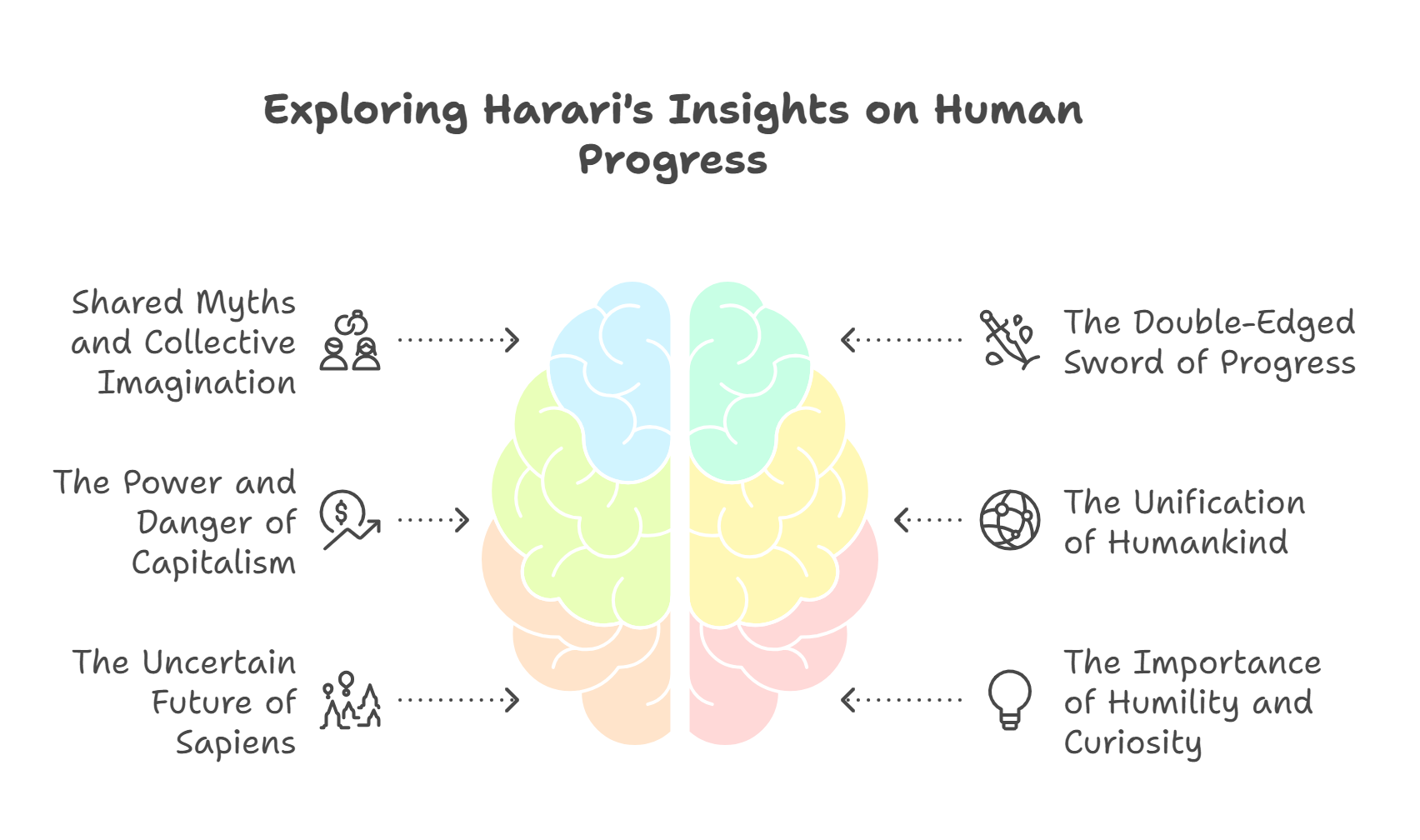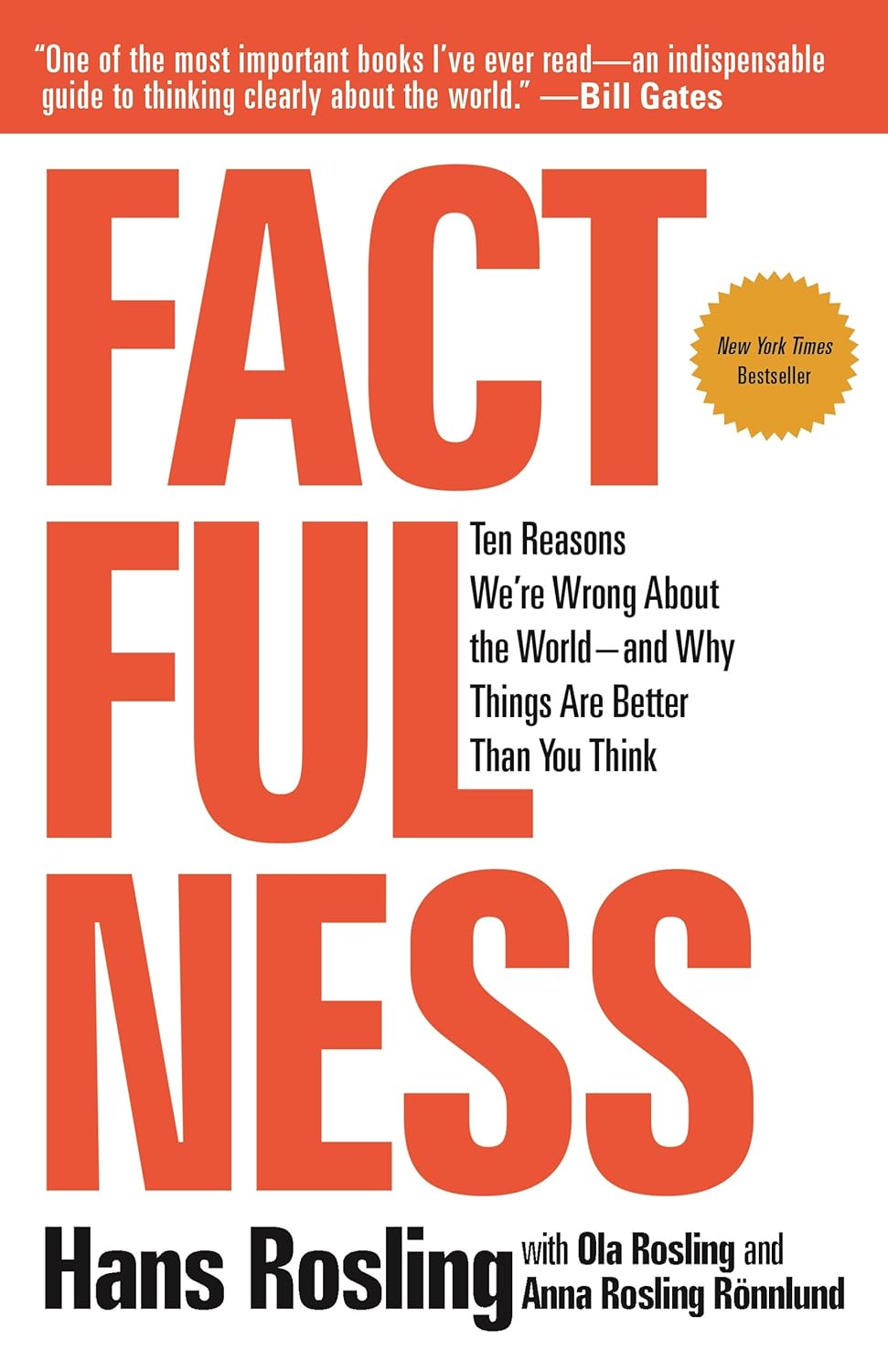Why this book matters
Yuval Noah Harari’s Sapiens is a landmark work that reimagines the story of humanity, blending history, anthropology, and philosophy to explain how Homo sapiens came to rule the world. In a genre often dominated by narrow or Eurocentric perspectives, Harari offers a global, big-picture narrative that connects the dots between biology, culture, economics, and technology. The book’s core insight is that our ability to cooperate flexibly in large numbers—driven by shared myths, beliefs, and stories—has been the decisive force in human history. Harari’s accessible style and provocative arguments have made Sapiens a global bestseller, sparking debate and reflection far beyond academic circles.
The book’s significance lies in its sweeping scope and interdisciplinary approach. Harari challenges readers to question the stories we tell about ourselves, our societies, and our future. Sapiens is not just a history book—it’s a manual for understanding the forces that have shaped, and continue to shape, the human experience.
Chapter by chapter analysis
-
The Cognitive Revolution – Harari begins by exploring how Homo sapiens, once an unremarkable animal, developed unique cognitive abilities around 70,000 years ago. The chapter explains how the emergence of language, abstract thinking, and the capacity for shared myths allowed humans to cooperate in large groups, outcompeting other human species. Harari uses archaeological and genetic evidence to show that this revolution was the foundation for all later human achievements.
-
The Tree of Knowledge – This chapter delves into the power of shared beliefs and imagined realities. Harari argues that the ability to believe in collective fictions—gods, nations, money—enabled large-scale cooperation and social organization. The chapter examines the role of gossip, storytelling, and religion in binding groups together, and how these cognitive tools set sapiens apart from other animals.

-
The Flood – Harari discusses the spread of Homo sapiens across the globe, from Africa to Australia and the Americas. He describes how humans adapted to diverse environments, often at the expense of local megafauna. The chapter highlights the ecological impact of human expansion, including mass extinctions, and sets the stage for the rise of agriculture.
-
The Agricultural Revolution – This pivotal chapter examines the transition from foraging to farming. Harari provocatively calls agriculture “history’s biggest fraud,” arguing that while it allowed population growth and the rise of complex societies, it also led to longer working hours, poorer diets, and new forms of social hierarchy. The chapter explores the domestication of plants and animals, the birth of villages and cities, and the emergence of private property and patriarchy.
-
Building Pyramids – Harari explores the creation of large, hierarchical societies. He explains how shared myths—about gods, kings, and social order—enabled the construction of empires, religions, and bureaucracies. The chapter discusses the invention of writing, the codification of laws, and the role of collective imagination in sustaining large-scale cooperation.
-
The Unification of Humankind – This chapter traces the gradual merging of disparate human cultures into a single global network. Harari identifies three unifying forces: money, empires, and universal religions. He shows how trade, conquest, and missionary activity spread ideas and technologies, leading to increasing interconnectedness and cultural exchange.
-
The Arrow of History – Harari examines the concept of progress and the human drive to seek meaning. He discusses how the pursuit of happiness, order, and power has shaped societies, and how the stories we tell about the past influence our vision of the future. The chapter questions whether history has a direction or purpose, and what it means for our sense of identity.
-
The Scientific Revolution – Harari explores the dramatic changes of the last 500 years, when humans admitted their ignorance and began to seek knowledge through science. He explains how the marriage of science, empire, and capitalism fueled unprecedented growth and innovation. The chapter covers the rise of modern medicine, industry, and technology, and the transformation of societies through the pursuit of power and progress.
-
The Discovery of Ignorance – This chapter focuses on the realization that there is much we do not know, which sparked the scientific method. Harari discusses how this humility led to exploration, experimentation, and the questioning of old certainties. The chapter highlights the voyages of discovery, the mapping of the world, and the birth of modern science.
-
The Marriage of Science and Empire – Harari analyzes how European imperial expansion was intertwined with scientific advancement. He shows how the quest for knowledge and the quest for power reinforced each other, as explorers, conquerors, and scientists collaborated to map, exploit, and control the world. The chapter discusses the impact of colonialism, the spread of technology, and the global exchange of plants, animals, and ideas.

-
The Capitalist Creed – This chapter explores the rise of capitalism as the dominant economic system. Harari explains how credit, trust, and the pursuit of growth became central to modern economies. He discusses the development of banks, corporations, and stock markets, and the role of consumerism in shaping modern life. The chapter also addresses the costs and contradictions of endless economic expansion.
-
The Industrial Revolution – Harari examines the profound changes brought by industrialization: urbanization, mass production, and the rise of the working and middle classes. He discusses the impact on family structures, gender roles, and daily life, as well as the environmental consequences of industrial growth. The chapter highlights the double-edged nature of technological progress.
-
A Permanent Revolution – This chapter looks at the constant change and instability of the modern era. Harari discusses how technological, economic, and social revolutions have created a world of perpetual transformation, with both opportunities and anxieties. The chapter explores the rise of consumer culture, the spread of democracy, and the challenges of adapting to rapid change.
-
The End of Homo Sapiens? – Harari concludes by speculating about the future of humanity. He examines the possibilities of genetic engineering, artificial intelligence, and the merging of biology and technology. The chapter raises profound questions about what it means to be human, the risks of playing god, and the ethical dilemmas of shaping our own evolution.
Main Arguments & Insights
1. Shared Myths and Collective Imagination: Harari’s central thesis is that the ability to believe in shared stories—religions, nations, money—enabled humans to cooperate flexibly in large groups. This cognitive leap set sapiens apart from other animals and underpins all large-scale human achievements. The book shows how collective imagination is the foundation of culture, law, and social order.
2. The Double-Edged Sword of Progress: Harari argues that many advances—agriculture, industry, science—brought both benefits and costs. The Agricultural Revolution, for example, allowed population growth but also led to new forms of suffering and inequality. The book encourages readers to question the assumption that progress always leads to greater happiness or freedom.
3. The Power and Danger of Capitalism: The book explores how capitalism, credit, and the pursuit of growth have driven innovation and prosperity, but also created instability, exploitation, and environmental crisis. Harari highlights the role of trust and belief in sustaining economic systems, and the risks of unchecked expansion.
4. The Unification of Humankind: Harari shows that trade, empire, and universal religions have gradually merged humanity into a single global network. This unification has enabled unprecedented cooperation and exchange, but also conflict and cultural loss. The book examines the tension between global integration and local identity.
5. The Uncertain Future of Sapiens: The book concludes by raising questions about the future of humanity in an age of biotechnology and artificial intelligence. Harari warns that our ability to reshape life itself brings both promise and peril, and that ethical choices will define the next chapter of our story.
6. The Importance of Humility and Curiosity: Throughout, Harari emphasizes that admitting ignorance and asking questions have been the engines of human progress. The book encourages readers to remain humble, skeptical, and open-minded in the face of complexity and change.

Critical Reception & Perspectives
Sapiens was published in 2011 (English edition 2014) and quickly became a global phenomenon, translated into dozens of languages and selling millions of copies. On the positive side, critics and readers have praised the book’s ambitious scope, engaging storytelling, and ability to synthesize complex ideas. It has been recommended by figures from Barack Obama to Bill Gates, and is often cited as a must-read for anyone interested in history, science, or philosophy. Many appreciate Harari’s willingness to challenge conventional wisdom and provoke debate.
However, some scholars and reviewers have criticized the book for oversimplification, speculation, or lack of nuance. Critics argue that Harari sometimes glosses over controversies or presents theories as facts. Some anthropologists and historians have taken issue with his interpretations of evidence or his sweeping generalizations. Nonetheless, even skeptics acknowledge the book’s power to stimulate curiosity and conversation, and its influence on public understanding of history.
In summary, Sapiens is widely regarded as a modern classic—a book that has changed how millions think about the human story. Its blend of narrative, analysis, and provocation has made it both beloved and controversial, ensuring its place in the ongoing conversation about who we are and where we are going.
Real-World Examples & Implications
Harari’s ideas in Sapiens have had far-reaching effects across education, business, policy, and culture:
-
Education and Public Discourse: The book is widely used in schools and universities to introduce students to big-picture history and critical thinking. Its accessible style has made complex topics—evolution, economics, religion—engaging for a broad audience. Teachers use Sapiens to spark debate about the nature of progress, the role of myth, and the challenges of the future.
-
Business and Leadership: Leaders in business and technology have cited Sapiens as influential in shaping their thinking about innovation, cooperation, and organizational culture. The book’s insights into the power of shared beliefs and narratives have been applied to branding, team-building, and change management. Some companies use Sapiens in leadership training to encourage long-term thinking and adaptability.
-
Policy and Global Challenges: Policymakers and activists have drawn on Harari’s analysis of global networks, inequality, and environmental risk to inform debates on climate change, globalization, and social justice. The book’s emphasis on the unintended consequences of progress has influenced discussions about technology regulation, sustainability, and ethical governance.
-
Media, Popular Culture, and Social Movements: Sapiens has inspired documentaries, podcasts, and public talks, and its ideas are frequently referenced in media discussions about the future of work, AI, and human rights. The book’s themes have resonated with movements advocating for animal welfare, environmental protection, and global citizenship.
-
Personal Reflection and Worldview: Many readers report that Sapiens has changed how they see themselves and their place in history. The book encourages humility, curiosity, and a willingness to question received wisdom. Its big-picture perspective has helped people make sense of rapid change, uncertainty, and the search for meaning in a complex world.
-
Cultural Shift in Historical Understanding: Sapiens has contributed to a broader shift toward interdisciplinary, global, and evolutionary approaches to history. Its popularity has encouraged more writers, teachers, and thinkers to connect the dots between science, culture, and society, and to ask bold questions about the human journey.
Suggested Further Reading
If Sapiens sparked your interest in the history and future of humanity, consider these related books:
-
Homo Deus by Yuval Noah Harari (2016) – Harari’s follow-up explores the future of humanity, artificial intelligence, and the quest for immortality.
-
Guns, Germs, and Steel by Jared Diamond (1997) – A Pulitzer Prize-winning book on the environmental and geographic factors that shaped human societies.
-
A Short History of Nearly Everything by Bill Bryson (2003) – A witty, accessible tour of science and the universe.
-
The Selfish Gene by Richard Dawkins (1976) – A classic on evolution, cooperation, and the role of genes in shaping behavior.
-
The Sixth Extinction by Elizabeth Kolbert (2014) – An exploration of mass extinctions, climate change, and the future of life on Earth.
-
The Structure of Scientific Revolutions by Thomas S. Kuhn (1962) – A foundational work on how scientific paradigms shift and evolve.
-
Research articles on anthropology, evolutionary biology, and world history: For a deeper dive, explore academic journals and essays on the origins, development, and future of Homo sapiens.



